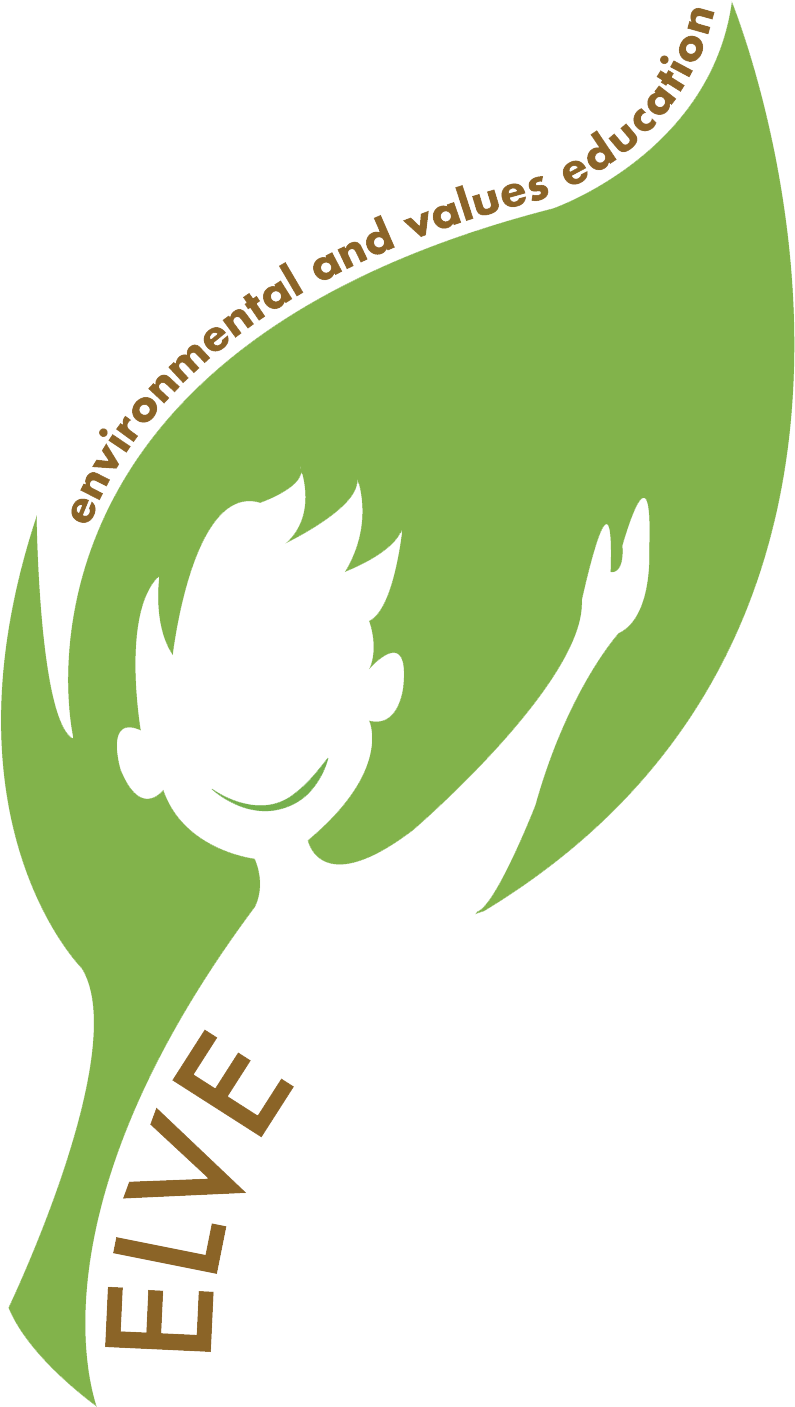A Polar Bear’s Adventure
Age6-9
ValueDemocratic & Societal
LocationSchool
Recommended group size10-20
Recommended time / Minutes90-120
| Topic | Solidarity |
| Overview | This activity has a double aim: to show children how solidarity can lead to achievement of their goals; to make them aware of the global warming and its effects on the environment. |
| Learning objectives | • Understand how our actions or non-actions affect our surroundings • Foster unity in action • Encourage habits against global warming (e.g., switching off lights, using water sensibly, etc.) |
| Skills developed | • Understanding the importance of taking action and helping each other • Learn the importance of unity • Solidarity spirit development |
| Method | Storytelling. The activity is based on Sandra Dieckmann’s book Leaf (http://www.sandradieckmann.com/books https://www.youtube.com/watch?v=yRQCHaiLmwk), the story of a polar bear unexpectedly arrived in the woods that tried to find its way home. The facilitator reads the story to the children and then they start a discussion about it. The facilitator gives the children information on the animal’s habitat, explains how global warming is affecting the environment, and how all of us can take small steps to fight against it. As a plenary exercise, the facilitator may ask the children to continue the story (What would YOU do so that no polar bear ever gets lost again?) |
| Materials | Sandra Dieckmann, Leaf, book available see above (Method); Sheets of paper, pencils |
| Guidelines |
|
| TipsAdditional materialsHow to apply online?What to do at home? | If the activity can take place outdoors, children can collect leaves and create wings for their bear like in the book.Additional materials:Polar bears’ habitat:https://arcticwwf.org/species/polar-bear/habitat/https://seaworld.org/animals/all-about/polar-bear/habitat/https://polarbearsinternational.org/polar-bears/habitat/Global warming:https://climate.nasa.gov/climate_resources/139/video-global-warming-from-1880-to-2020/https://www.mmc.gov/priority-topics/species-of-concern/polar-bear/https://www.mmc.gov/priority-topics/arctic/climate-change/https://www.greenpeace.org/usa/arctic/issues/global-warming/https://arcticwwf.org/species/polar-bear/threats/https://www.npolar.no/en/themes/climate-change-in-the-arctic/#toggle-id-2https://d2ouvy59p0dg6k.cloudfront.net/downloads/arctic_ecosystems_factsheet.pdfActions against global warming:https://climatekids.nasa.gov/how-to-help/https://www.un.org/sustainabledevelopment/climate-change/https://www.imperial.ac.uk/stories/climate-action/https://www.worldwildlife.org/pages/what-you-can-do-to-fight-climate-changeHow to apply it online?If the activity takes place online, the same method can be applied.What to do at home?At home, the activity can be extended and the children can focus more on the solutions against global warming by visiting the online resources listed above. |
| Author | M. V. Kokota (CSI) |
| Download | Download |
